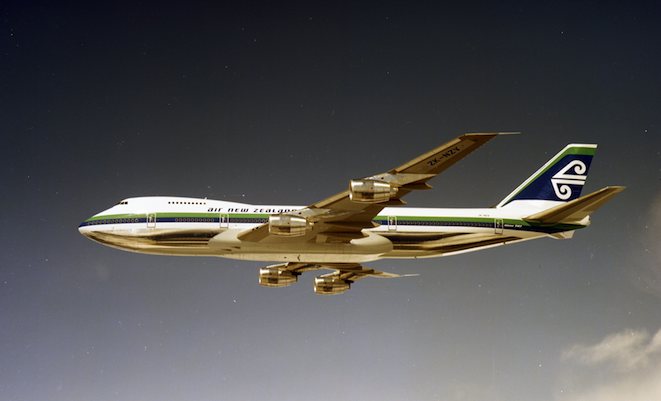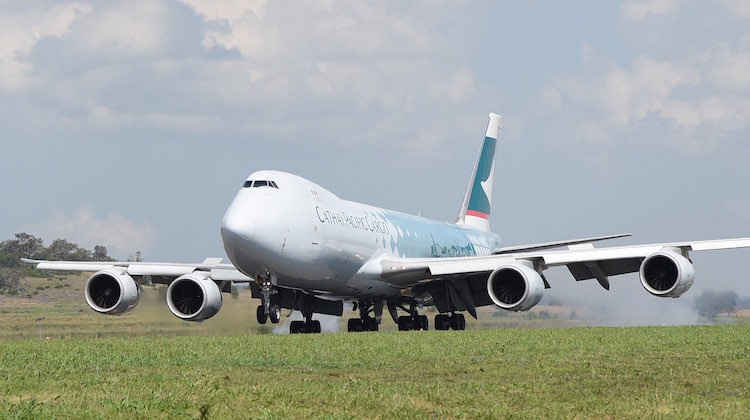
Joe Sutter, the chief engineer of the legendary Boeing 747, died on Tuesday, August 30, aged 95.
The Seattle native spent four decades at Boeing where his work in bringing what is unarguably the most distinctive sight in all of aviation – the four-engine jet with its hump – led to him being known around the world as the ‘Father of the 747’.
Boeing Commercial Airplanes chief executive Ray Connor said Sutter was a “beloved member of the Boeing family”.
“This morning we lost one of the giants of aerospace,” Connor said in a statement on the Boeing website.
“Joe lived an amazing life and was an inspiration – not just to those of us at Boeing, but to the entire aerospace industry.
“He personified the ingenuity and passion for excellence that made Boeing airplanes synonymous with quality the world over.”

Connor noted Sutter also worked on a number of different commercial aircraft projects, such as the Dash 80, the 707 and the 737.
However it was the 747 where Sutter “secured his place in history”, given the aircraft – which could carry up to 350 passengers or almost twice the number on the 707 – ushered in an era where air travel was made more accessible to millions of people around the world.
“His team, along with thousands of other Boeing employees involved in the project, became known as the Incredibles for producing what was then the world’s largest airplane in record time – 29 months from conception to rollout,” Connor said.
“It remains a staggering achievement and a testament to Joe’s ‘incredible’ determination.”
One of Sutter’s last public appearances was at Boeing’s Founders Day weekend, held on July 15, where he joined in celebrations for the company’s 100th birthday.

Aerospace analyst Richard Aboulafia told Bloomberg: “The aircraft was iconic and so was he. It was a time of moonshots.”
Sutter graduated from the University of Washington with a bachelor’s degree in aeronautical engineering.
He served in the US Navy on the destroyer escort Edward H Allen during World War 2 and had a short stint at Douglas Aircraft Co before joining Boeing.
President Ronald Reagan awarded Sutter the National Medal of Technology in 1985.
“Joe was loved. He made a difference in the world. He made a difference to us. We will miss him and cherish our time with him,” Connor said.
Locally, Qantas has operated most major 747 variants, including the 747-200, 747SP, 747-300 and 747-400, with the -400 and its -400ER sub-variant still in service today.

Air New Zealand, meanwhile, retired its last 747-400 in September 2014, having operated the 747 since 1980 when it took delivery of its first 747-200. Both Ansett International (747-300 and 747-400) and Air Pacific (747-200 and -400) also flew the type.

The latest iteration of the ‘Queen of the Skies’, the 747-8, faces an uncertain future amid weak demand and the growing preference for big twins such as the 777 and Airbus A350.

While Airbus claimed the title of the world’s largest commercial passenger jet when the A380 entered service in 2007, Sutter told Seattle PI in a 2006 interview at the Farnborough Airshow: “Maybe I’m biased, but I think our solution is more elegant than theirs.”
Sutter’s wife died in 1997. He is survived by three children.











